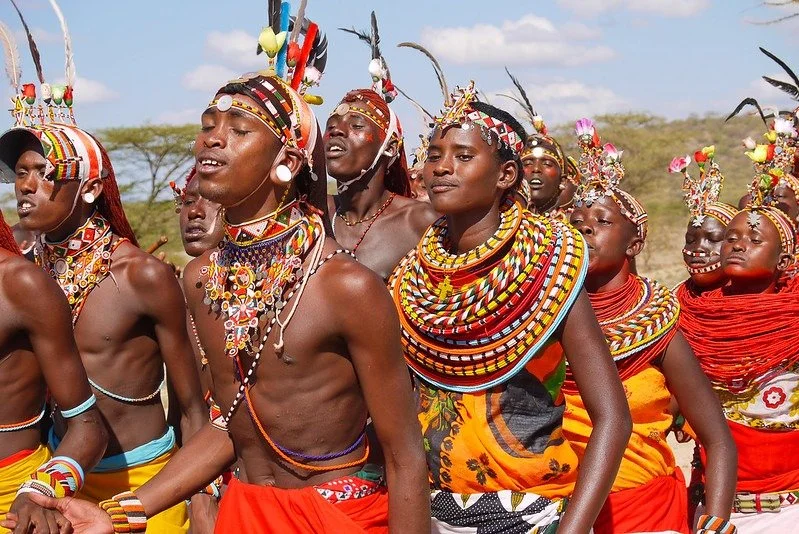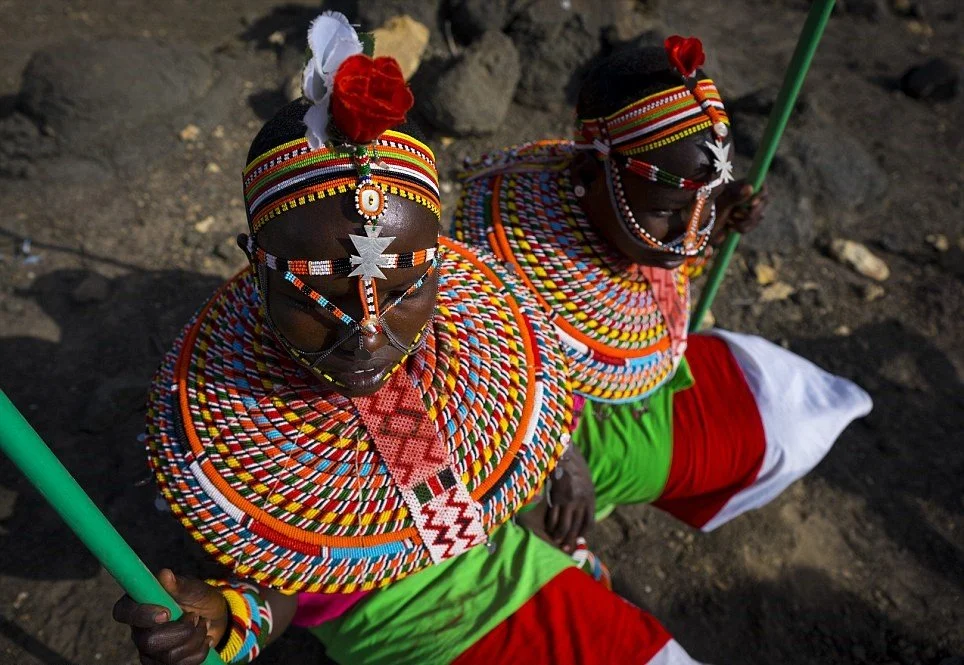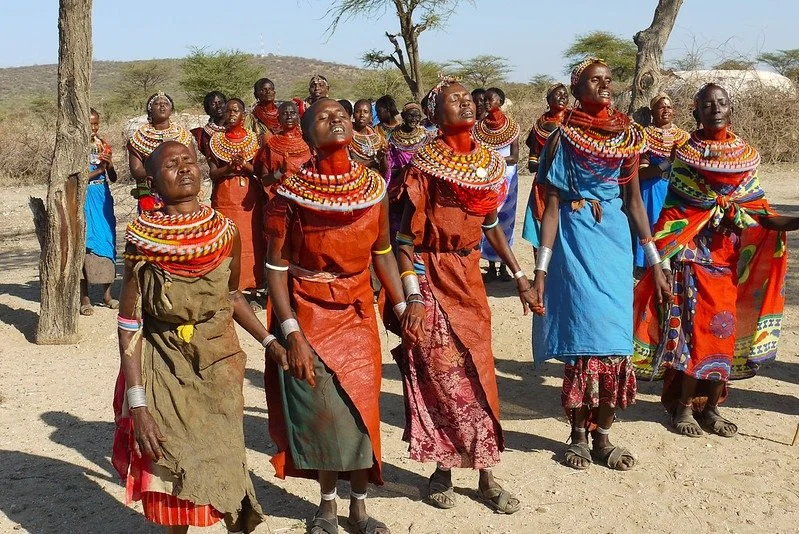Samburu Beaded Collars
Kenya has numerous animals and wildlife that attract a stunning two million people yearly. For context, Guinea-Bissau is home to just over two million residents.
But it is not just the animals that tourists come to see. A popular adage says, “Seeing is believing.” Having heard of the Samburu Beaded Collars, it takes courage to travel from anywhere to just below the equator to understand what the Samburu Beaded Collars are. They might seem like the usual beads, but arrayed on people in a stunning manner that beguiles every man and woman who has come to see for themselves.
The Samburu Beaded Collars are colorful but offer much more than colour. Looking at them simply confirms it. But what exactly are Samburu beaded collars? There’s only one way to find out.
The Samburu and Beaded Collars
A semi-nomadic pastoralist tribe like the Maasai people and the Samburu see beadwork as a key part of their culture. Colorful, large, and intricate in their appearance, these collars, among many other examples of beadwork done by the Samburu, are worn not only for aesthetic purposes alone, but as a way to express cultural identity, social status, and many other intrinsic markers such as wealth, gender, age, and even wealth of experience.
Beyond just being a skill, beadwork among the Samburu goes back centuries. Traders from Europe and the Middle East brought trade into Africa, but long before trade routes existed, the Samburu people made these collars and other artwork with seeds, cowrie shells, and ostrich eggshells. Besides creating collars with beads, the Samburu people stitched the eggshells onto cloth. However, in the past several years, glass beads from the Czech Republic have replaced these local materials. Colors of beads range from simple colors like red, green, and blue to tertiary colors like turquoise, blue, and orange.
Who Wears the Samburu Beaded Collars?
Samburu Beaded Collars are primarily worn by the Samburu tribe of Kenya, specifically the women. The Samburu themselves occupy the popular Great Rift Valley located in Northern Kenya, along with the Rendille tribe. Men and women wear beaded jewelry; married women only wear collars. The more beautiful a woman is, the closer the collar is to her chin, and the more diverse the color of the beads in her collar.
Young girls collect these beads as early as eight, as they usually get married by sixteen. Married women wear their collars differently; connected by animal and plant fiber, they run down their chest, ending at the top of the belly. That signifies that she has entered a new stage in her life. For the unmarried, the beads are connected by wire.
The End or the Beginning?
Besides collars, the Samburu also design bracelets, belts, and headpieces from beads. Although they have always been available, they gained recognition in the fashion industry only recently. It has become so fashionable that many jewelry designers, such as Adele Dejak, have sought inspiration from these traditional pieces of fashion with so much history.
That has sparked an interest in other aspects of the Samburu culture and Kenya. There is a high chance that you will find Samburu-inspired bead jewelry almost everywhere in Africa and worldwide.
Takeaway: The Joy of Sharing Culture
Besides location, both tribes share the culture and fashion of donning the Samburu Beaded Collars. One of the most beautiful things that fashion does for the world is how it allows people to share, building an unparalleled dynamic and extending the history and stories associated with that fashion beyond the confines of the owner’s specific location. Like Kenyan-based jewelry designer Adele Dejak says, “All you need is love...and some nice beads!”


